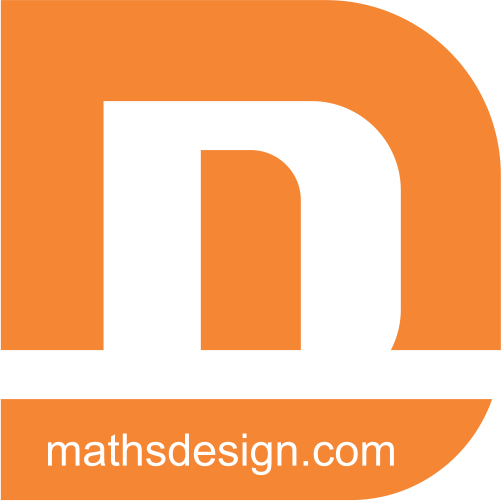Basic Math symbols
Basic Math symbols with Symbol Name, Meaning, and definition and also with Example
Symbol |
Name |
Meaning / Definition |
Example |
|---|---|---|---|
| + | Plus | Addition | 3 + 5 = 8 |
| – | Minus | Subtraction | 10 – 4 = 6 |
| × | Multiplication | Multiplication | 2 × 6 = 12 |
| ÷ | Division | Division | 15 ÷ 3 = 5 |
| = | Equals | Equality | 7 + 2 = 9 |
| < | Less Than | Comparison | 4 < 7 |
| > | Greater Than | Comparison | 9 > 3 |
| ≤ | Less Than or Equal | Comparison | 5 ≤ 5 |
| ≥ | Greater Than or Equal | Comparison | 8 ≥ 8 |
| ( ) | Parentheses | Grouping | (2 + 3) × 4 = 20 |
| [ ] | Brackets | Grouping | [6 – (2 + 1)] = 3 |
| { } | Curly Braces | Grouping | {2, 4, 6, 8} |
| % | Percent | Percentage | 25% of 80 = 20 |
| . | Decimal Point | Decimal | 3.5 |
| / | Fraction Bar | Fraction | 3/4 (three-fourths) |
| π | Pi | Mathematical constant (pi) | Circumference = 2πr |
| √ | Square Root | Square root | √9 = 3 |
| ^ | Exponent | Raised to a power | 2^3 = 8 |
| ∞ | Infinity | Unbounded quantity | ∞ + 1 = ∞ |
| ∑ | Summation | Sum of a series | ∑(i = 1 to 5) i = 15 |
Basic Math symbols are essential tools in mathematics, allowing us to represent and communicate various mathematical concepts and operations concisely.
Some of the basic math symbols:
+ (Plus):
The plus symbol represents addition, where you combine two or more numbers to find their total.
– (Minus):
The minus symbol signifies subtraction, which involves taking one number away from another to determine the difference.
× (Multiplication):
The multiplication symbol denotes multiplication, a process of repeated addition. It is used to calculate the result of combining two or more numbers, known as factors.
÷ (Division):
The division symbol represents division, which is the process of distributing a quantity into equal parts. It’s used to find how many times one number (the divisor) fits into another (the dividend).
= (Equals):
The equals symbol indicates equality, showing that the two sides of an equation have the same value.
< (Less Than):
The less than symbol compares two values and indicates that the value on the left is smaller than the value on the right.
> (Greater Than):
The greater than symbol compares two values and indicates that the value on the left is larger than the value on the right.
≤ (Less Than or Equal To):
The less than or equal to symbol indicates that the value on the left is either less than or equal to the value on the right.
≥ (Greater Than or Equal To):
The greater than or equal to symbol indicates that the value on the left is either greater than or equal to the value on the right.
( ) Parentheses:
Parentheses are used to group expressions and indicate the order of operations. Operations within parentheses are performed first.
[ ] Brackets:
Brackets are another form of grouping, often used to clarify or emphasize parts of an expression.
{ } Curly Braces:
Curly braces are used to define sets, which are collections of distinct elements in mathematics.
% (Percent):
The percent symbol represents a fraction of 100. It’s used to describe ratios and proportions.
. (Decimal Point):
The decimal point separates the whole part of a number from its fractional part in decimal notation.
/ (Fraction Bar):
The fraction bar indicates division, representing one quantity divided by another.
π (Pi):
Pi is a mathematical constant that represents the ratio of a circle’s circumference to its diameter. It’s used in geometry and trigonometry.
√ (Square Root):
The square root symbol represents the operation of finding a number that, when multiplied by itself, equals a given value.
^ (Exponent):
The exponent symbol is used to raise a number to a certain power, indicating how many times to multiply the base by itself.
∞ (Infinity):
The infinity symbol represents an unbounded, limitless quantity that is larger than any real number.
∑ (Summation):
The summation symbol is used to represent the sum of a series of terms, often in the context of sequences and series.
These symbols provide the foundation for expressing mathematical ideas, solving problems, and communicating mathematical concepts effectively. They are used across various branches of mathematics, as well as in everyday calculations and scientific endeavors.
BACK

Recent Comments